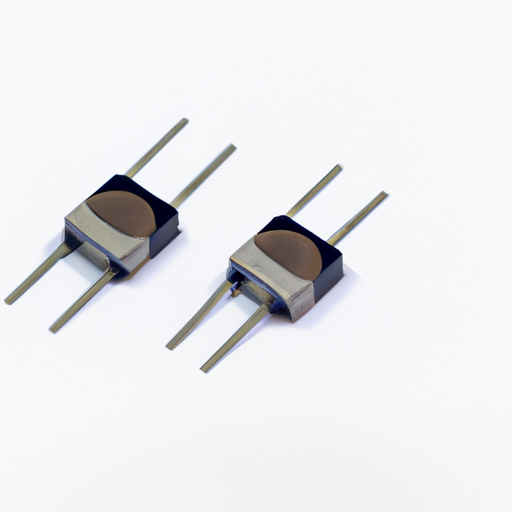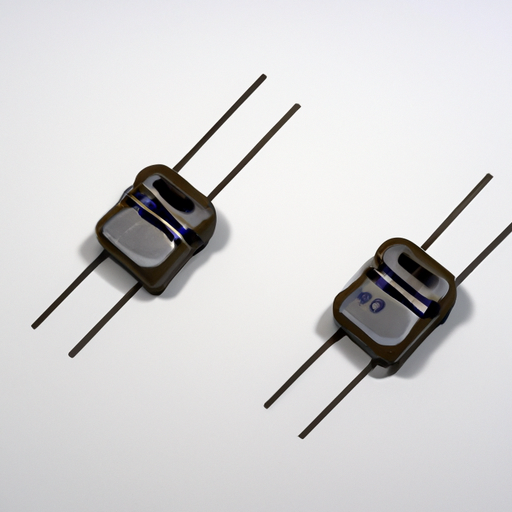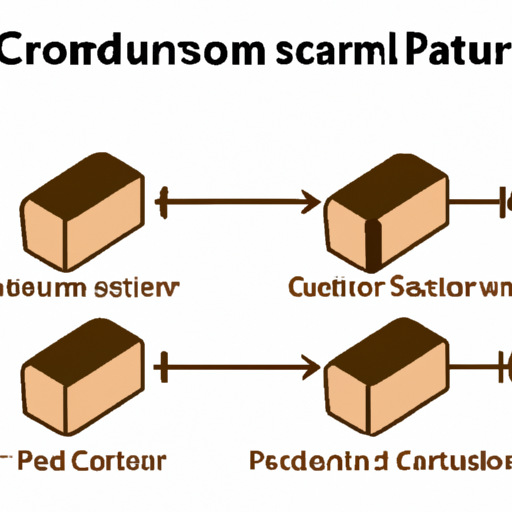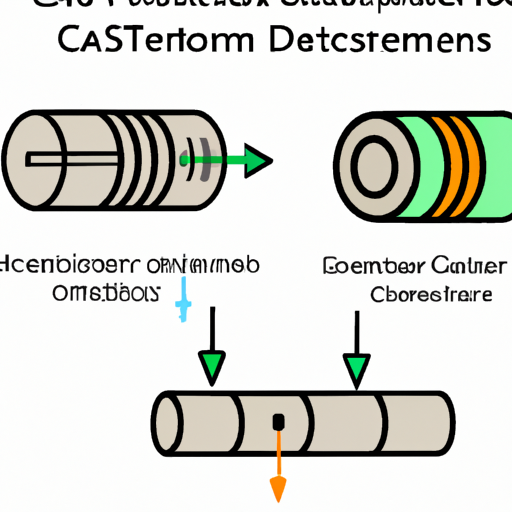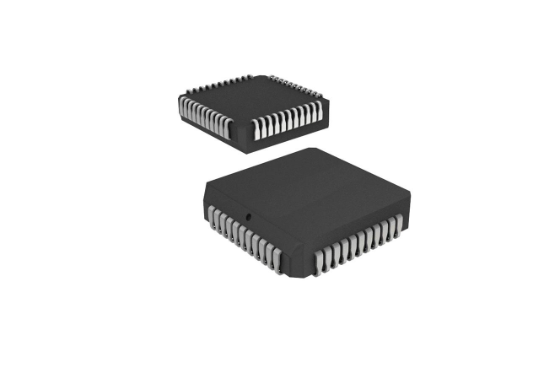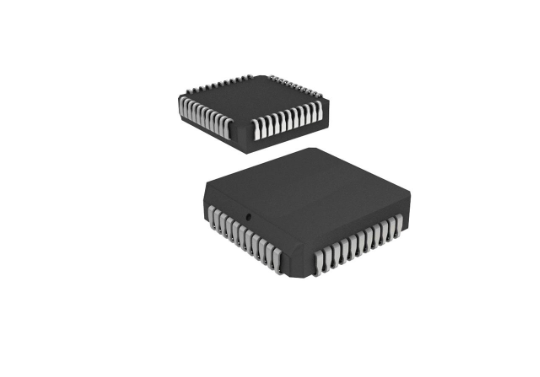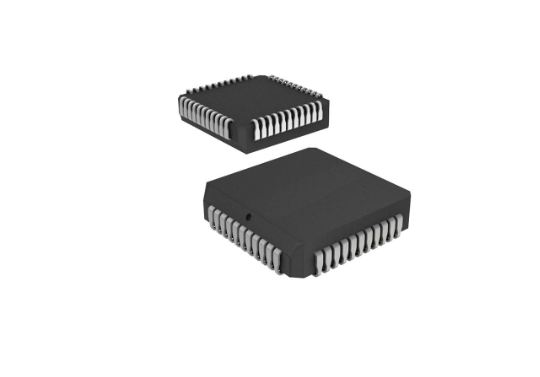What are the product characteristics of inductor design?
Product Characteristics of Inductor Design
I. Introduction
Inductors are passive electronic components that store energy in a magnetic field when electrical current flows through them. They play a crucial role in various electronic circuits, including power supplies, filters, and oscillators. Understanding the characteristics of inductor design is essential for engineers and designers, as these parameters significantly influence circuit performance, efficiency, and reliability. This blog post will explore the fundamental principles of inductors and delve into the key product characteristics that define inductor design.
II. Basic Principles of Inductors
A. Electromagnetic Induction
The principle of electromagnetic induction is the foundation of inductor operation. When an electric current passes through a coil of wire, it generates a magnetic field around it. If the current changes, the magnetic field also changes, inducing a voltage in the coil according to Faraday's law of electromagnetic induction. This induced voltage opposes the change in current, a phenomenon known as self-induction.
B. Inductance and Its Measurement
Inductance is the property of an inductor that quantifies its ability to store energy in a magnetic field. It is measured in henries (H), with common subunits being millihenries (mH) and microhenries (µH). The inductance value depends on several factors, including the number of turns in the coil, the core material, and the geometry of the inductor.
C. Types of Inductors
Inductors can be classified into several types based on their construction and core material. Common types include air-core inductors, which have no magnetic core and are used in high-frequency applications; iron-core inductors, which use iron to enhance inductance; and ferrite-core inductors, which are popular in RF applications due to their low losses.
III. Key Product Characteristics of Inductor Design
A. Inductance Value
1. Definition and Significance
The inductance value is a critical characteristic of an inductor, determining how much energy it can store. It directly influences the performance of circuits, particularly in filtering and energy storage applications.
2. Factors Affecting Inductance
Several factors affect the inductance value, including the number of turns in the coil, the core material's permeability, and the coil's physical dimensions. Increasing the number of turns or using a core material with higher permeability can enhance inductance.
3. Measurement Units and Standards
Inductance is measured in henries (H), with practical applications often using millihenries (mH) or microhenries (µH). Standard measurement techniques include LCR meters, which measure inductance, capacitance, and resistance.
B. Current Rating
1. Definition and Importance
The current rating of an inductor indicates the maximum current it can handle without saturating or overheating. Exceeding this rating can lead to performance degradation or failure.
2. Saturation Current and Its Implications
Saturation current is the point at which the inductor's core material becomes magnetically saturated, causing a significant drop in inductance. Understanding saturation current is crucial for ensuring reliable operation in high-current applications.
3. Thermal Considerations
Inductors generate heat due to resistive losses, and thermal management is essential to maintain performance. Designers must consider the thermal environment and ensure that inductors operate within safe temperature limits.
C. DC Resistance (DCR)
1. Definition and Relevance
DC resistance (DCR) is the resistance of the inductor's wire when a direct current flows through it. It is a critical parameter that affects the efficiency of the inductor.
2. Impact on Efficiency and Performance
Higher DCR leads to increased power losses, reducing the overall efficiency of the circuit. Designers must balance DCR with other characteristics to optimize performance.
3. Measurement Techniques
DCR can be measured using a precision ohmmeter or an LCR meter. Accurate measurement is essential for ensuring that the inductor meets design specifications.
D. Quality Factor (Q)
1. Definition and Significance
The quality factor (Q) is a dimensionless parameter that measures the inductor's efficiency. It is defined as the ratio of the inductive reactance to the DCR at a specific frequency.
2. Factors Influencing Q Factor
The Q factor is influenced by several factors, including the core material, frequency of operation, and physical dimensions of the inductor. Higher Q values indicate lower losses and better performance.
3. Applications and Implications of Q Factor
Inductors with high Q factors are preferred in RF applications, where efficiency is critical. Understanding the Q factor helps designers select the right inductor for specific applications.
E. Self-Resonant Frequency (SRF)
1. Definition and Importance
The self-resonant frequency (SRF) is the frequency at which the inductor's reactance becomes equal to its resistance, causing it to behave like a resonant circuit. Beyond this frequency, the inductor's performance degrades.
2. Effects of SRF on Circuit Performance
Operating an inductor above its SRF can lead to unintended resonances and circuit instability. Designers must consider SRF when selecting inductors for high-frequency applications.
3. Design Considerations to Optimize SRF
To optimize SRF, designers can adjust the inductor's physical dimensions, core material, and winding techniques. Proper design ensures that the inductor performs effectively within its intended frequency range.
F. Size and Form Factor
1. Importance of Physical Dimensions
The size and form factor of an inductor are critical in applications where space is limited. Smaller inductors are often preferred for compact designs, but this can come at the cost of performance.
2. Trade-offs Between Size and Performance
Designers must balance size with performance characteristics such as inductance, current rating, and DCR. Understanding these trade-offs is essential for effective inductor selection.
3. Industry Standards and Packaging Options
Inductor packaging options vary widely, from surface-mount devices (SMD) to through-hole components. Industry standards dictate dimensions and performance specifications, guiding designers in their choices.
G. Temperature Coefficient
1. Definition and Significance
The temperature coefficient indicates how an inductor's inductance changes with temperature. A low temperature coefficient is desirable for stable performance across varying environmental conditions.
2. Impact on Performance Under Varying Temperatures
Temperature variations can affect inductance, DCR, and overall performance. Designers must consider the operating temperature range when selecting inductors for specific applications.
3. Selection Criteria for Temperature Stability
When selecting inductors, engineers should prioritize those with low temperature coefficients for applications requiring stable performance in fluctuating temperatures.
H. Core Material
1. Types of Core Materials and Their Properties
Inductor core materials include air, iron, ferrite, and powdered iron, each with unique properties that influence inductance, saturation, and losses.
2. Influence on Inductance, Saturation, and Losses
The choice of core material significantly impacts the inductor's performance. For example, ferrite cores are preferred for high-frequency applications due to their low losses, while iron cores are used for higher inductance values.
3. Selection Criteria Based on Application
Designers must select core materials based on the specific requirements of their applications, considering factors such as frequency, current rating, and efficiency.
I. Shielding and Magnetic Coupling
1. Importance of Shielding in Inductor Design
Shielding is essential in inductor design to prevent electromagnetic interference (EMI) from affecting circuit performance. Proper shielding can enhance the inductor's reliability and efficiency.
2. Magnetic Coupling Effects on Performance
Magnetic coupling between inductors can lead to unwanted interactions, affecting performance. Designers must consider coupling effects when placing inductors in a circuit.
3. Design Strategies for Minimizing Interference
To minimize interference, designers can use shielding techniques, optimize inductor placement, and select appropriate core materials. These strategies help ensure reliable circuit operation.
IV. Application-Specific Considerations
A. Power Electronics
1. Role of Inductors in Power Supplies and Converters
Inductors are critical components in power supplies and converters, where they store and transfer energy efficiently. Their design characteristics must be tailored for high efficiency and reliability.
2. Design Characteristics Tailored for High Efficiency
In power electronics, inductors with low DCR, high saturation current, and optimized core materials are essential for achieving high efficiency and performance.
B. RF Applications
1. Inductor Requirements for Radio Frequency Circuits
In RF applications, inductors must have high Q factors, low losses, and appropriate SRF to ensure effective signal processing and transmission.
2. Design Considerations for Minimizing Losses
Designers must focus on minimizing losses through careful selection of core materials, winding techniques, and shielding to enhance performance in RF circuits.
C. Audio Applications
1. Inductor Characteristics for Audio Frequency Circuits
In audio applications, inductors play a vital role in filters and crossover networks. Their characteristics directly impact sound quality and performance.
2. Impact on Sound Quality and Performance
Inductors with low DCR and high Q factors are preferred in audio applications to minimize distortion and ensure high-fidelity sound reproduction.
V. Conclusion
In conclusion, understanding the product characteristics of inductor design is essential for engineers and designers working in various electronic applications. Key parameters such as inductance value, current rating, DCR, Q factor, SRF, size, temperature coefficient, core material, and shielding all play significant roles in determining an inductor's performance. As technology advances, the demand for more efficient and compact inductors will continue to grow, driving innovation in inductor design and materials. By staying informed about these characteristics, engineers can make informed decisions that enhance circuit performance and reliability.
VI. References
1. Academic papers and articles on inductor design and applications.
2. Industry standards and guidelines for inductor specifications.
3. Books and resources on electromagnetic theory and inductor technology.

